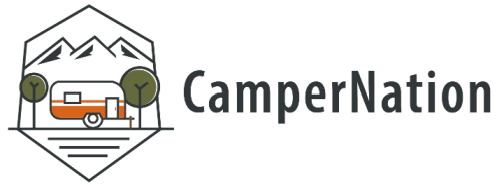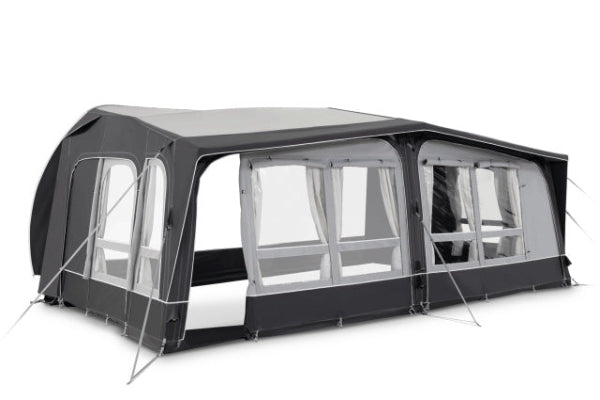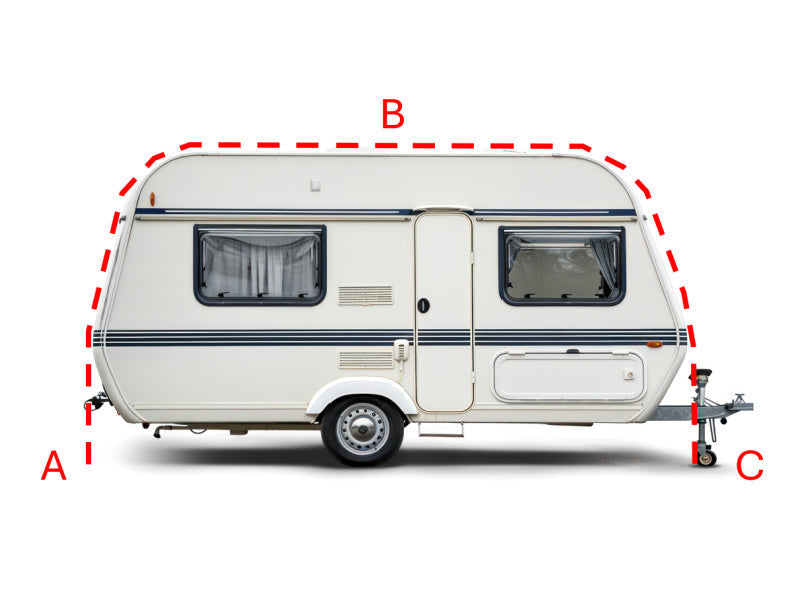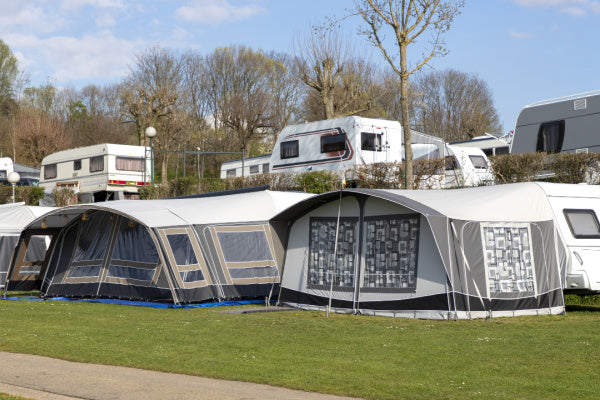Build Your Own Glamping Pod: A Step-by-Step Guide
Can you build your own glamping pod or tent? Short answer: Yes, even without a beard or a toolbelt! With the right plan, some basic skills, and eco-friendly flair, you can create a cosy, custom retreat. From pods to luxury tents, keep reading to learn how to build your dream escape—step by step.
Yes, You Can Build a Pod: Exploring the 3 DIY Pathways
The Easiest Route: Assembling a DIY Glamping Pod Kit
This is the quickest and most straightforward way to get your pod up and running.
What's Included in a Flat-Pack Kit?
Most kits come with pre-cut timber panels, flooring, windows, doors, and roofing materials. Some even include insulation and interior fittings.
They take a lot of the guesswork out of construction. You can often have a pod assembled in just a few weekends, especially with a bit of help.
The Skills and Tools Required
Even with a flat-pack, you’ll still need some basic carpentry knowledge. Knowing how to read instructions and handle tools like drills, hammers, and saws is key.
Weatherproofing and getting everything square matters, so a bit of patience and accuracy go a long way.
Pros and Cons of a Kit Build
Pros:
-
Ideal for beginners
-
Speeds up the building process
-
Clear instructions and pre-cut materials
Cons:
-
Limited in design flexibility
-
Can be pricier than sourcing materials yourself
-
May feel a bit "off-the-shelf"

The Skilled Approach: Building From Professional Plans
A good middle ground for those who want control without starting completely from scratch.
Where to Find Glamping Pod Blueprints and Plans
You can find quality plans online from architects, tiny home designers, or glamping specialists. These often include layouts, materials lists, and build instructions.
Make sure to choose one that suits your site and needs.
The Challenge of Sourcing Your Own Materials
Unlike kits, you’ll need to hunt down timber, insulation, cladding, fasteners, and finishes yourself. That takes time and research.
Still, it opens the door to sourcing sustainable or local materials, which many builders prefer.
Pros and Cons of Building from Plans
Pros:
-
More creative control
-
Often cheaper than pre-made kits
-
You gain useful building experience
Cons:
-
More time-consuming
-
You’ll need to manage suppliers
-
Requires mid-level building confidence
The Expert Method: Designing and Building From Scratch
If you’re after a completely unique pod — this is your route.
The Freedom of a Fully Custom Design
Starting from scratch means you control every detail. Size, shape, layout, materials — it’s all up to you.
This is perfect if you’re blending your pod into a specific landscape or building for a unique purpose.
Essential Construction and Carpentry Skills Needed
Expect to need solid framing skills, insulation and cladding experience, and the ability to install doors, windows, and interior finishes.
Basic plumbing and electrical knowledge is helpful, especially if you’re adding off-grid tech like solar or composting loos.
Power tools like circular saws, drills, and a level are essential.
Pros and Cons of a Scratch Build
Pros:
-
Fully tailored design
-
Deep sense of accomplishment
-
Maximum potential for eco-conscious builds
Cons:
-
Most complex method
-
High risk of beginner mistakes
-
Requires significant time and skill

Before You Build: Crucial Planning and Considerations
Planning well is what turns a dream pod into a smooth project.
Budgeting Your Build: Comparing the Costs
The All-in Price of a Kit vs. Sourcing Materials Yourself
Kits can range from around £8,000 to £15,000. They're more expensive upfront but faster to assemble.
Sourcing your own materials might bring the total down, but it depends on local prices and your ability to bargain or reuse.
Factoring in the "Hidden" Costs: Foundations, Utilities, and Furnishings
Even a simple pod needs groundwork, water, power, and furniture. Foundations alone can cost hundreds or thousands.
Don't forget interior fittings, lighting, and any extras like solar panels or compost toilets.
Building Your Own vs. Buying a Pre-Made Pod: A Cost-Benefit Analysis
Buying a fully-built pod can cost twice as much as building your own. But you save time, hassle, and potential mistakes.
If you're short on time or experience, it might be worth considering.
The Pre-Construction Checklist: Permits, Foundations, and Site Prep
This is where careful planning pays off.
Navigating Planning Permission and Local Building Regulations
Check with your local council before lifting a hammer. Even small structures may require permission — especially if you plan to rent them out.
Some locations may also have environmental or zoning restrictions.
Choosing and Preparing the Right Foundation (Concrete Slab vs. Pier)
Concrete slabs are strong, long-lasting, and ideal for permanent builds. Piers or raised platforms are more flexible and better for sloped or sensitive land.
Make sure your site is level, dry, and free of debris before you build.

Planning for Utilities: Water, Waste, and Electricity
If your pod will have running water, power, or waste management, you’ll need to plan that from the start.
Think about how you’ll connect to the grid or if you want to go off-grid with solar, rainwater tanks, and composting solutions.
Other content you might like:
- How To Build A Glamping Tent
- How Much Is A Glamping Tent
- How Do You Waterproof A Dome Tent?
- Why Is Glamping So Expensive?
- What Permission Do You Need For A Glamping Pod?
- Can I Put A Pod On My Land?
- How Much Does A Glamping Setup Cost?
- How To Heat A Glamping Pod?
- Do Glamping Pods Need Foundations?
- How Much To Install A Glamping Pod?





Leave a comment